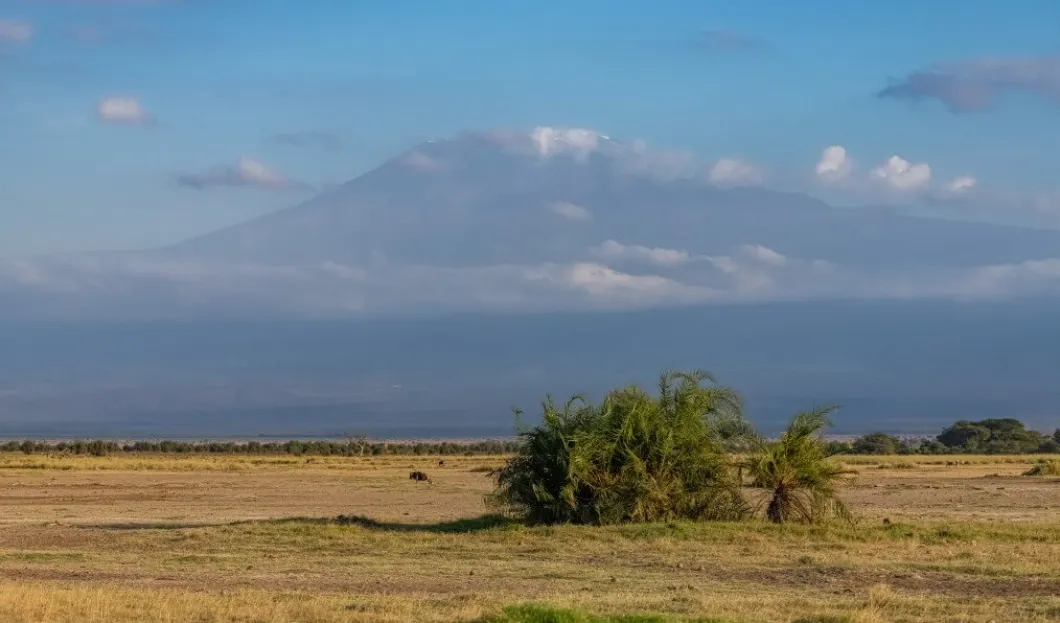
The Tanzanian government plans to double the number of climbers at Mount Kilimanjaro through a new cable car project. However, opponents of the project are mobilizing, because of the possible irreversible impact.
What if we climbed Kilimanjaro, the roof of Africa, in a few minutes thanks to a cable car? This is a somewhat controversial project of the Tanzanian government, but so far, only a few details are available. But for sure, it will considerably facilitate the ascent of Africa's highest peak, which usually takes five to eight days of climbing.
Two versions of the cable car project are circulating in the media: the first one according to which the cabins would go to the summit, at an altitude of 5,895 meters. Time for a photo and we go back down. The other option, the most probable, would be that the cable car would save three days of ascent. The climbers would start at an altitude of 3,800 meters.
The project has been in the cards for several years now. Conceived... but so far often quickly shelved. Now, the Tanzanian government seems determined. Its objective: To double the number of climbers. There are 50,000 climbers per year to attempt the ascent of Kilimanjaro, a third of which do not reach the summit. A summit made more accessible thanks to this cable car to attract new targets: children under 15 years old, people with disabilities or less athletic.
The opponents of this project, however, are mobilizing. Leading the way is the association of Tanzanian tour operators.
"We say no to this project because of its irreversible impacts," explains Sirili Akko, the president of the association. Tourists are climbing Kilimanjaro to challenge their physical abilities. Facilitating the climb makes no sense. Tour operators, who have decades of experience, are worried because the government is not well-advised on the cable car project. We will not make any compromise that would hinder the future of this African wealth."
However, the project could still be abandoned. A study on the social and environmental impact is still in progress and must be presented before the works are launched. In addition, many observers point out that an ascent to this altitude requires the human body to take time to adapt in order to avoid mountain sickness (nausea and headaches). Reaching such a high altitude in such a short period of time can be dangerous, even fatal.











